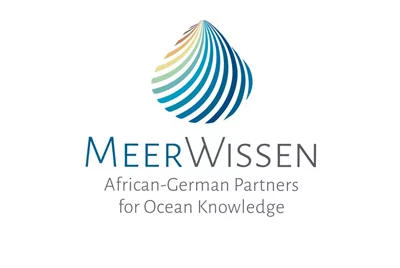Ecological Infrastructure as a framework for mapping ecosystem services for place-based conservation and management
Ecosystem services are an important nexus between people and nature. Nevertheless, their inclusion in place-based conservation and management is limited also because they are often intangible. The Ecological Infrastructure (EI) concept is a promising framework to address this, but a clear definition and mapping approach is still missing. We aim to analyse the uses of EI and to distil a definition and recommendations for using EI as a framework for mapping ecosystem services. A semi-systematic review of peer-reviewed and grey literature was conducted to examine: (1) perceptions of what constitutes EI (n = 117), and (2) EI mapping approaches (n = 51). The main interpretations of EI indicated that it should be natural or naturally functioning (56%); deliver multiple services (75%); and benefit humans (64%) and biodiversity (36%). EI was thus defined as ‘natural and naturally functioning ecological systems or networks of ecological systems that deliver multiple services to humans and enable biodiversity persistence’. Studies have used simple proxies, e.g., land cover, to identify EI, sometimes combined with service-specific variables. To evaluate EI performance (26% of studies), modelling all three ecosystem service aspects (capacity, flow, and demand) was considered appropriate. EI prioritisation (50% of studies) as part of a systematic spatial prioritisation process was recommended. Sixteen recommendations for mapping EI for inclusion in place-based conservation and management were developed. We illustrate how EI can be used to integrate ecosystem services into conservation and management in three real-world applications. The EI-based framework is a promising approach and supports the new ‘people and nature’ era in conservation.
